Peru has introduced a new ticketing policy for Machu Picchu, one of the world’s most iconic archaeological sites. Starting this year, visitors must book their tickets at least three months in advance. The move aims to better manage the flow of tourists and preserve the fragile ruins of the ancient Inca citadel. While the policy has been met with mixed reactions, officials argue it is a necessary step to protect the UNESCO World Heritage Site from overcrowding and environmental damage.
The new regulation comes as part of a broader effort by the Peruvian government to balance tourism with conservation. Machu Picchu, nestled high in the Andes, has seen a surge in visitors over the past decade, with numbers sometimes exceeding sustainable limits. By requiring advance reservations, authorities hope to distribute visitor numbers more evenly throughout the year and reduce the strain on the site’s infrastructure. This is not the first time Peru has adjusted its policies—previous measures included limiting daily entries and implementing timed entry slots.
Tour operators and travelers alike are adjusting to the new rules. Some have praised the initiative, noting that it will enhance the visitor experience by preventing overcrowding. Others, however, have expressed concerns about the logistical challenges it poses, particularly for last-minute travelers. The three-month booking requirement may also impact spontaneous trips or those who prefer flexible itineraries. Despite these challenges, the government remains firm in its decision, emphasizing the long-term benefits for both preservation and tourism.
The policy has also sparked discussions about accessibility. Critics argue that the advance booking system could disadvantage independent travelers or those from regions with less reliable internet access. In response, officials have pledged to improve online booking platforms and provide support for those needing assistance. Additionally, efforts are being made to ensure that local communities, who rely heavily on tourism, are not adversely affected by the changes. Partnerships with travel agencies and local guides are being strengthened to facilitate smoother transitions.
Machu Picchu’s allure lies in its breathtaking beauty and historical significance, but its remote location makes conservation efforts particularly challenging. The site’s stone structures, terraces, and intricate water systems are vulnerable to erosion and wear from foot traffic. By implementing stricter visitation controls, Peru joins a growing list of countries taking proactive steps to safeguard their cultural and natural heritage. Similar measures have been adopted in places like Venice and Iceland, where overtourism has threatened local ecosystems and landmarks.
For now, travelers planning to visit Machu Picchu must factor in the new timeline when organizing their trips. While the three-month rule may seem restrictive, it underscores a global shift toward sustainable tourism practices. As destinations worldwide grapple with the dual pressures of preserving history and accommodating visitors, policies like Peru’s could become more commonplace. Whether this approach will achieve its intended goals remains to be seen, but it undoubtedly marks a significant step in the ongoing effort to protect one of humanity’s most treasured sites.

By Emily Johnson/Apr 11, 2025
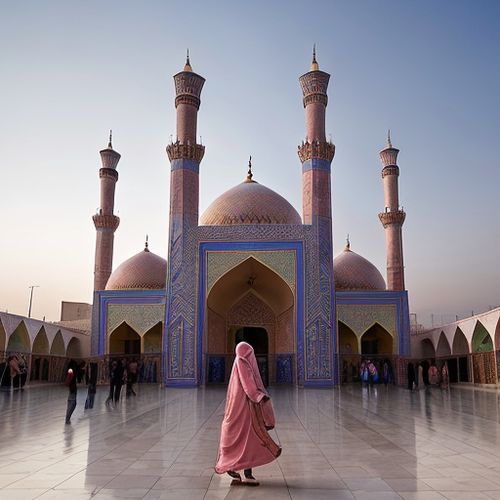
By William Miller/Apr 11, 2025
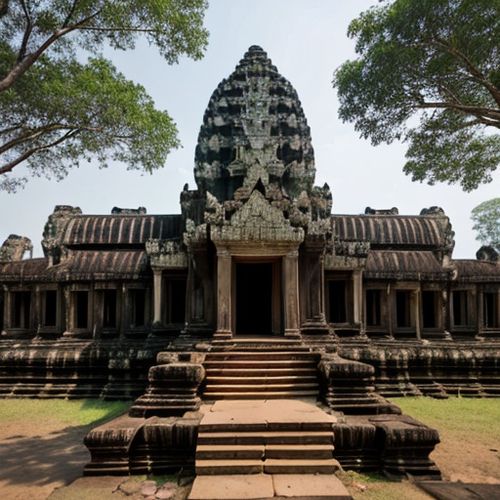
By Benjamin Evans/Apr 11, 2025
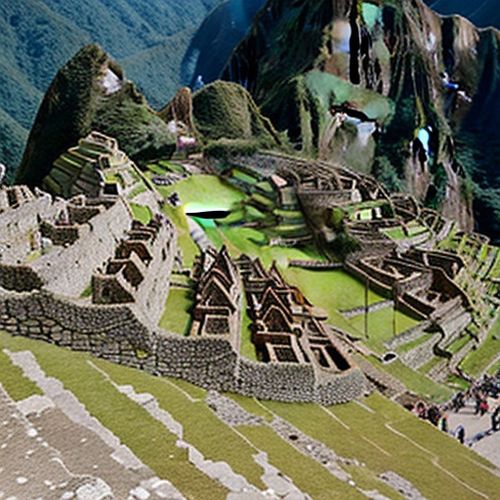
By Grace Cox/Apr 11, 2025
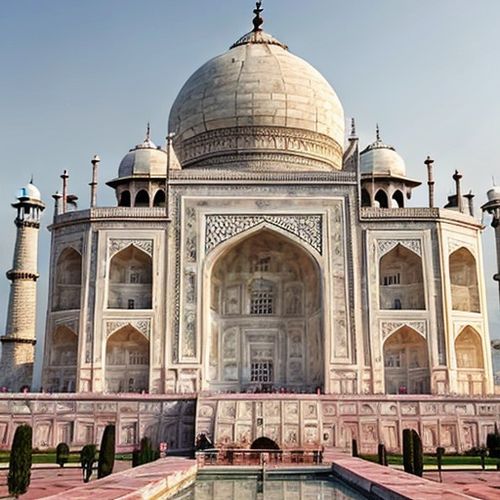
By Amanda Phillips/Apr 11, 2025

By James Moore/Apr 11, 2025
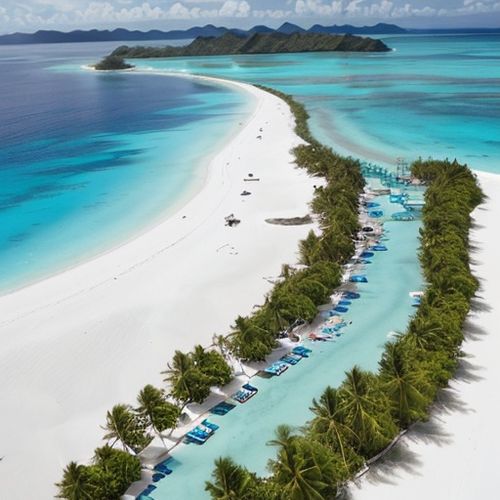
By Natalie Campbell/Apr 11, 2025
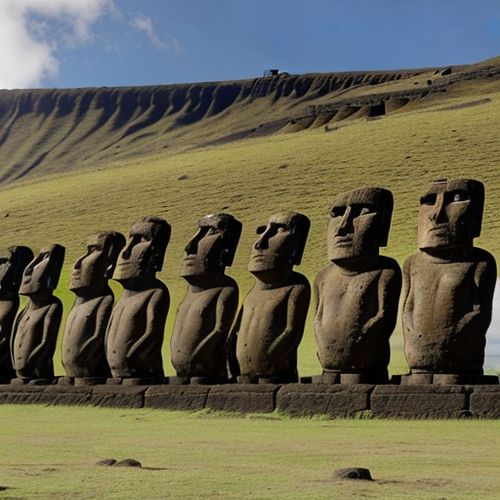
By Eric Ward/Apr 11, 2025
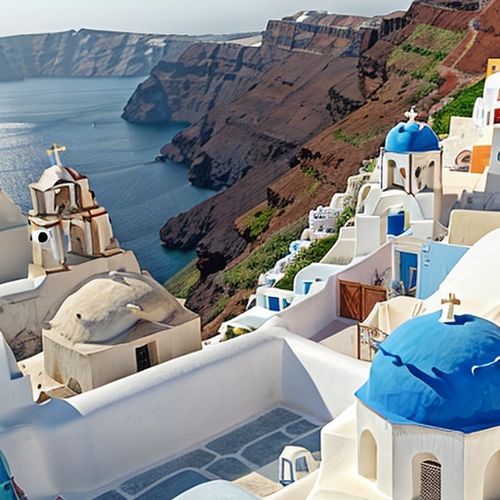
By James Moore/Apr 11, 2025
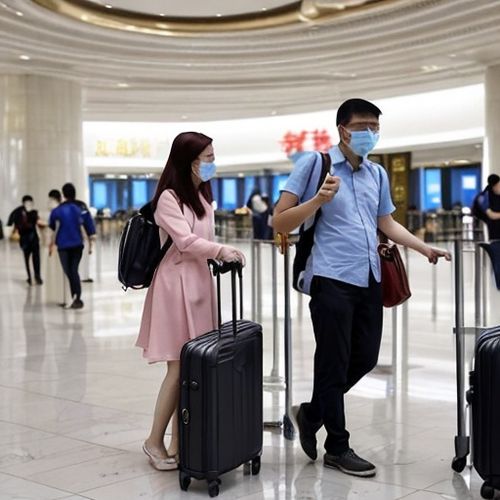
By Emily Johnson/Apr 11, 2025
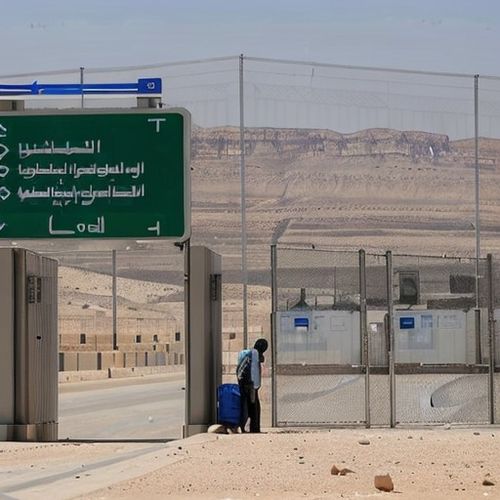
By Christopher Harris/Apr 11, 2025

By Michael Brown/Apr 11, 2025
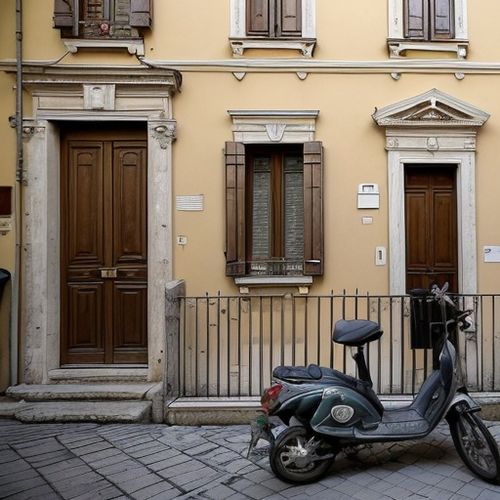
By Rebecca Stewart/Apr 11, 2025
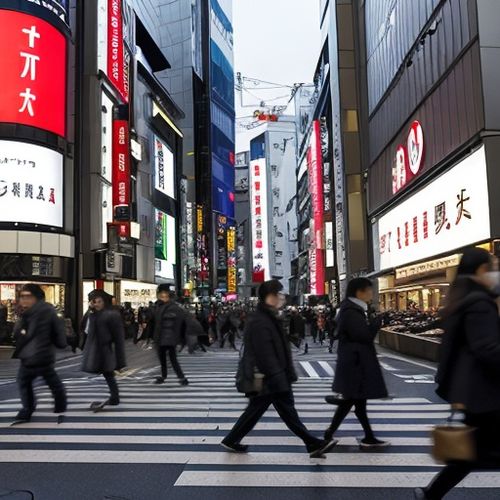
By John Smith/Apr 11, 2025
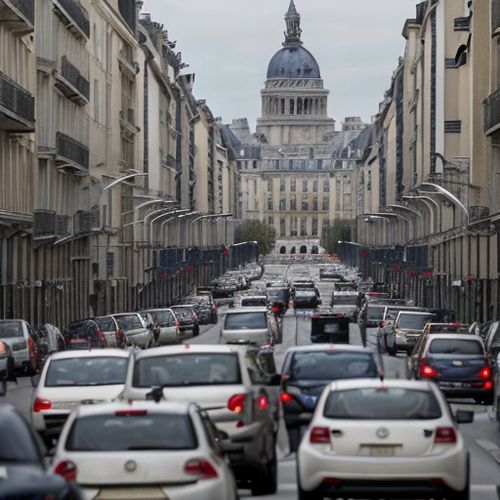
By Natalie Campbell/Apr 11, 2025
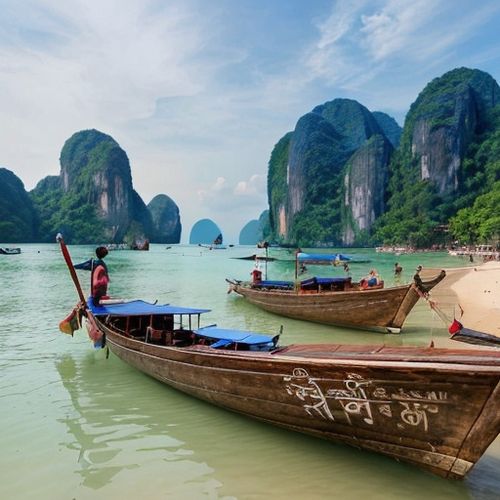
By Emily Johnson/Apr 11, 2025

By John Smith/Apr 11, 2025

By Michael Brown/Apr 11, 2025
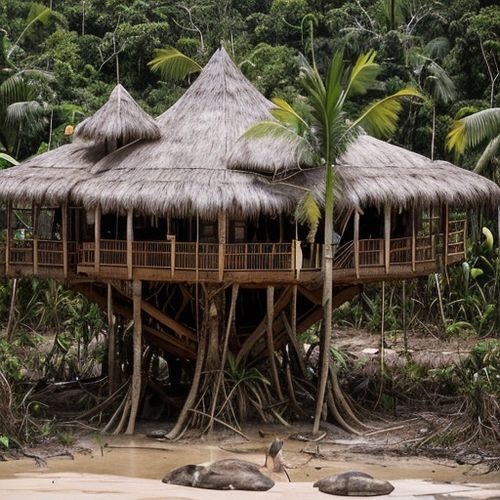
By Amanda Phillips/Apr 11, 2025
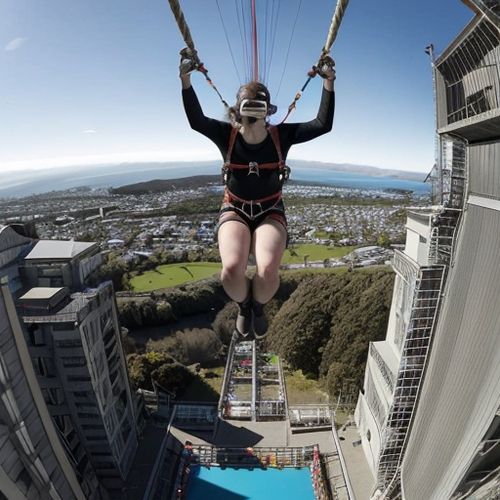
By Joshua Howard/Apr 11, 2025